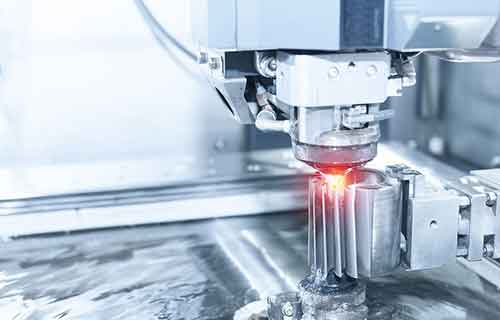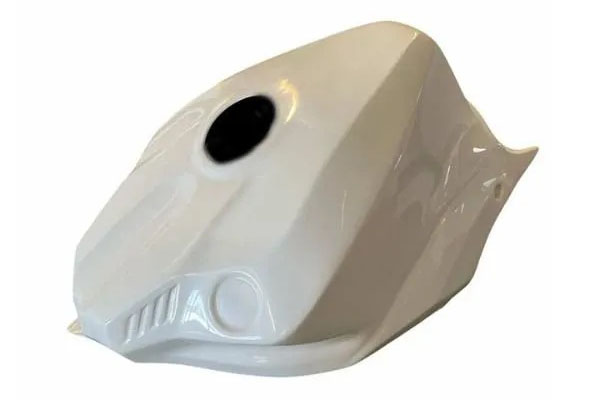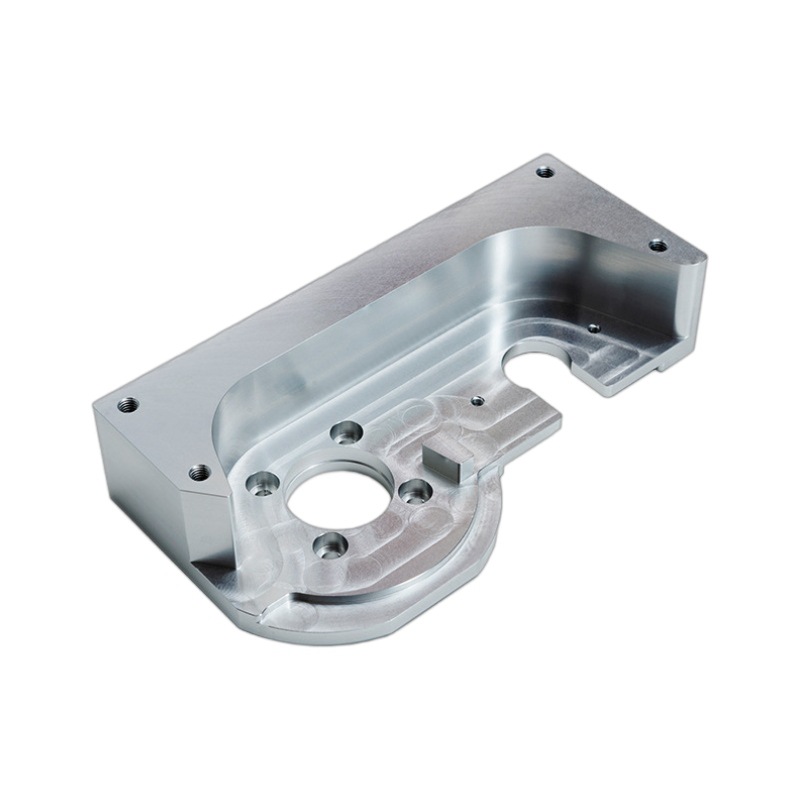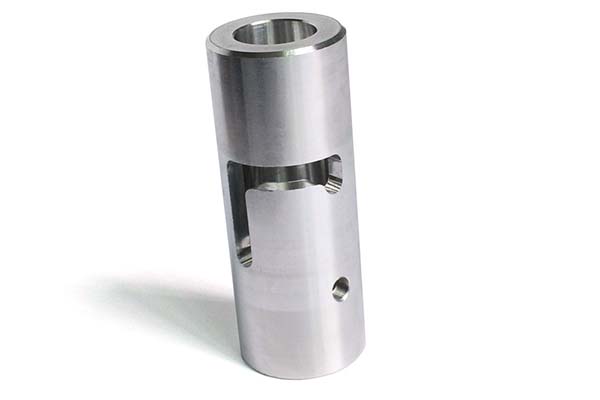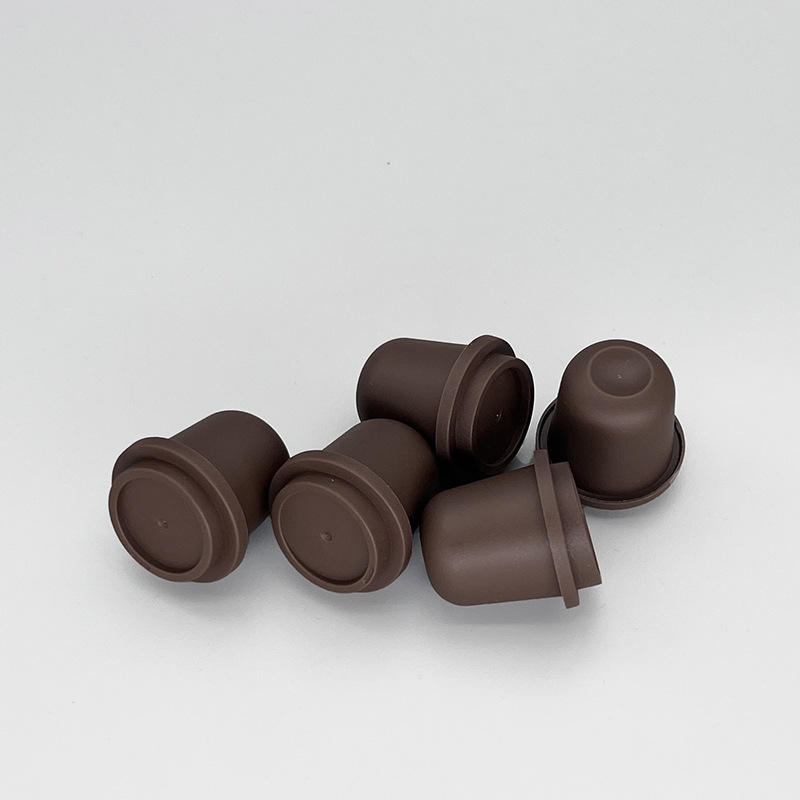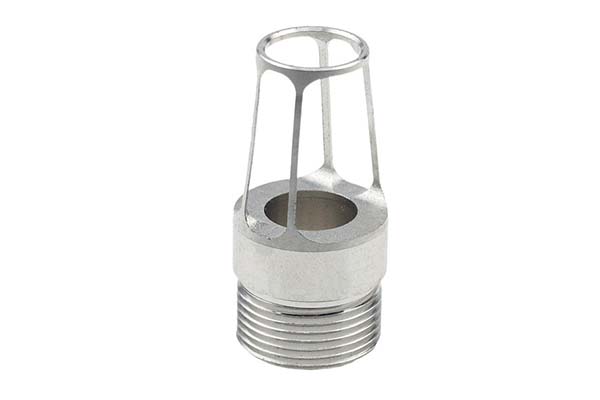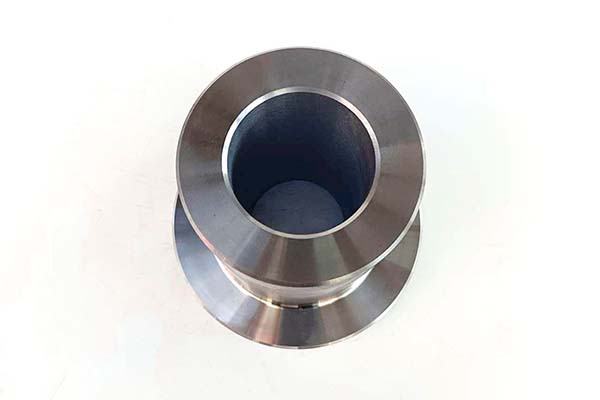Imagine a scenario where a batch of hydraulic valves fails prematurely, causing a production line to shut down. The root cause? Uncontrolled machining roughness that led to excessive friction and leaks. What seemed like a minor surface irregularity ended up costing thousands in downtime and repairs. Machining roughness isn’t just a technical detail—it’s a critical factor that shapes the performance, durability, and cost of manufactured parts. Whether you’re producing medical implants or industrial gears, understanding how to define, measure, and control machining roughness is essential. In this guide, we’ll walk you through everything you need to know to master this key aspect of manufacturing.
Definition and Importance of Machining Roughness
At its core, machining roughness refers to the small-scale irregularities on a part’s surface created during manufacturing. These irregularities—often measured in micrometers—are distinct from larger-scale deviations like waviness or form errors.
- Roughness parameters such as Ra (Arithmetic Average Roughness) and Rz (Maximum Height of Profile) quantify these irregularities. Ra, the most widely used parameter, calculates the average height of peaks and valleys from a mean line. For example, a Ra value of 0.8 μm indicates a much smoother surface than a Ra of 6.3 μm.
- ISO surface roughness standards (like ISO 4287) provide a common language for specifying and measuring roughness, ensuring consistency across industries. Meeting these standards is crucial for interoperability—parts from different suppliers must have compatible surface finishes to function together.
The importance of controlling roughness can’t be overstated. In precision engineering, even a 1 μm change in Ra can affect how parts fit, wear, or interact with other components. For instance, in bearing systems, smoother surfaces (lower Ra) reduce friction and extend service life by up to 50% compared to rougher alternatives.
Measurement Techniques for Machining Roughness
Accurate measurement is the first step in controlling machining roughness. Here are the most reliable techniques:
- Profilometry: This method uses a contact profilometer with a diamond-tipped stylus that traces the surface. It records height variations with precision down to 0.001 μm, making it ideal for metals and hard plastics. However, it’s slow and can damage soft materials like rubber.
- Non-contact profilometer: Tools like laser scanning systems or optical microscopes measure roughness without touching the surface. They’re faster than contact methods and safe for delicate materials, though they may struggle with highly reflective surfaces.
- Atomic Force Microscopy (AFM): For nanoscale measurements (e.g., in semiconductor manufacturing), AFM uses a tiny cantilever to map surfaces at the atomic level, capturing details as small as 0.1 nm.
- Roughness gauges: Portable devices that provide quick Ra readings, these are useful for on-the-floor inspections but lack the precision of laboratory-grade profilometers.
Choosing the right tool depends on your needs: A shop floor might use a roughness gauge for quick checks, while a quality control lab would rely on a contact profilometer for detailed analysis.
Factors Influencing Machining Roughness
Machining roughness is shaped by a range of variables, many of which are adjustable:
- Cutting parameters: Feed rate has the biggest impact—doubling the feed rate in turning operations can increase Ra by 30–40%, according to research in the International Journal of Machine Tools & Manufacture. Cutting speed also plays a role: Higher speeds (within limits) reduce roughness by minimizing tool contact time.
- Tool geometry and material: A sharp tool with a small nose radius produces a smoother surface. Carbide tools outperform high-speed steel in roughing, while diamond tools excel at achieving mirror finishes in precision work. As tools wear, their edges dull, increasing Ra by up to 25% for every 0.1 mm of wear.
- Workpiece material properties: Hard, brittle materials like titanium or ceramics tend to produce smoother surfaces than soft metals like aluminum, which can tear during machining.
- Machine conditions: Machine vibrations from loose fixtures or unbalanced spindles create irregularities. Improving machine tool rigidity can reduce Ra by 20–30% in high-speed machining.
Optimization Strategies for Reducing Machining Roughness
Controlling roughness often comes down to these strategies:
- Parameter optimization: Reducing feed rate by 10% can lower Ra by 15%, while increasing cutting speed (within the tool’s capacity) improves finish. For example, in milling aluminum, increasing speed from 1,000 to 2,000 RPM can reduce Ra from 3.2 to 1.6 μm.
- Tool selection: Using a tool with more flutes distributes cutting forces evenly, reducing vibration. Coated tools (e.g., TiAlN) last longer and maintain sharp edges, preserving surface quality.
- Coolant usage: Proper cooling reduces heat buildup, preventing material softening and tearing. Oil-based coolants are more effective than water-based ones for reducing friction in metal machining.
- Vibration damping: Adding dampers to machine tools or isolating them from external vibrations can significantly improve surface finish, especially in precision grinding.
Impact of Machining Roughness on Component Performance
Roughness directly affects how parts perform in real-world applications:
- Wear resistance: Smooth surfaces (Ra < 0.8 μm) reduce friction, extending the life of moving parts. A study on gearboxes found that reducing Ra from 3.2 to 0.8 μm increased service life by 300%.
- Corrosion resistance: Rough surfaces trap moisture and contaminants, accelerating rust. Stainless steel parts with Ra 0.8 μm showed 50% less corrosion than those with Ra 6.3 μm in salt spray tests.
- Medical implants: Ultra-smooth surfaces (Ra < 0.05 μm) on hip or knee replacements reduce the risk of inflammation and bacterial buildup, extending implant life by 10–15 years.
Machining Roughness in Different Materials
Roughness varies by material, as shown in this comparison:
| Material | Typical Ra Range (μm) | Challenges |
| Aluminum | 1.6–6.3 | Tends to tear; requires sharp tools |
| Steel | 0.8–3.2 | Easy to machine; responds well to polishing |
| Titanium | 0.4–1.6 | Hard but brittle; needs slow feed rates |
| Ceramics | 0.025–0.8 | Requires diamond tools; prone to chipping |
| Plastics | 0.8–6.3 | Soft; can melt under heat from cutting |
Case Studies and Applications
- Automotive industry: A leading car manufacturer reduced brake disc roughness from Ra 3.2 to 1.6 μm, decreasing stopping distances by 5% and extending disc life by 20%.
- Aerospace: Turbine blades with Ra 0.4 μm experience 15% less drag than those with Ra 1.6 μm, improving fuel efficiency in jet engines.
- Medical devices: A manufacturer of surgical instruments switched to diamond turning, reducing Ra from 0.8 to 0.025 μm, which lowered bacterial adhesion by 40%.
Yigu Technology’s Perspective: Precision in Every Detail
At Yigu Technology, we understand that machining roughness is a cornerstone of quality. Our engineers optimize cutting parameters, tool selection, and machine settings to achieve tight Ra tolerances—from 0.025 μm for medical parts to 6.3 μm for structural components. We use advanced profilometers for in-process inspection, ensuring consistency across batches. Whether you need parts for aerospace, automotive, or medical applications, we deliver surfaces that meet your performance requirements.
FAQs
- What’s the difference between Ra and Rz?
Ra is the average roughness over a surface, while Rz measures the maximum height between the highest peak and lowest valley. Ra is better for overall smoothness, while Rz highlights extreme irregularities.
- How does material hardness affect machining roughness?
Harder materials like steel or titanium generally produce smoother surfaces (lower Ra) than softer materials like aluminum, which are more prone to tearing during machining.
- Can I achieve the same roughness in plastics as in metals?
It’s challenging—plastics are softer and can melt under cutting heat, leading to higher Ra values. However, using sharp tools and low feed rates can help achieve Ra 0.8–1.6 μm in high-performance plastics like PEEK.
